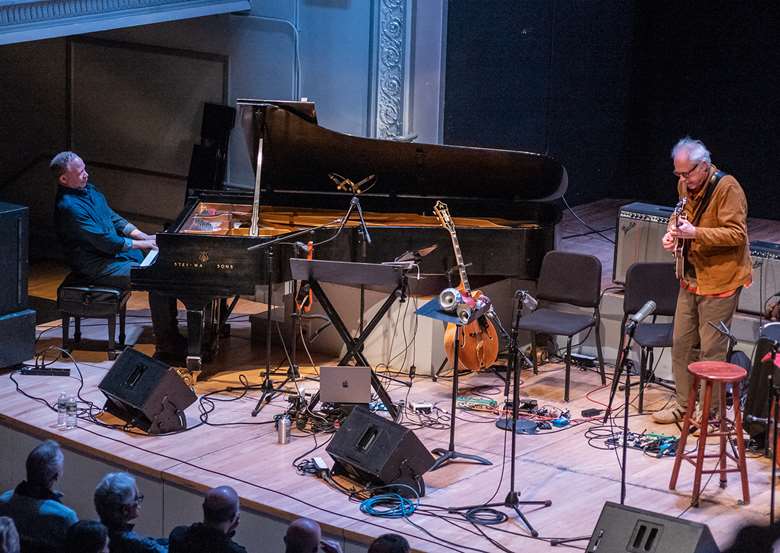Bill Frisell, Mary Halvorson and John Zorn among starry Derek Bailey tribute at Brooklyn's Roulette theatre
Andrey Henkin
Tuesday, January 31, 2023
A stunning and varied line-up performed over three nights to salute the music and life of the improvising guitar genius Derek Bailey


Register now to continue reading

Thank you for visiting Jazzwise.co.uk. Sign up for a free account today to enjoy the following benefits:
- Free access to 3 subscriber-only articles per month
- Unlimited access to our news, live reviews and artist pages
- Free email newsletter